Clay Jenkinson

Clay S. Jenkinson, who is among America’s leading humanities scholars, is a former director of The Dakota Institute of the Lewis & Clark Fort Mandan Foundation. His portrayals of Thomas Jefferson, Meriwether Lewis and other historic figures have delighted and enlightened audiences across the country, including the White House. He is a Rhodes and Danforth Scholar, Distinguished Humanities Scholar at Bismarck State College and lead scholar for the Theodore Roosevelt Center at Dickinson State University.
He is the author of many books, the most recent of which is The Character of Meriwether Lewis, Explorer in the Wilderness: Essays on One of the Most Remarkable Men in American History (Washburn, North Dakota: Dakota Institute Press, 2011). He is also the editor of A Vast and Open Plain: The Writings of the Lewis & Clark Expedition in North Dakota, 1804-1806 (Bismarck: State Historical Society of North Dakota, 2003).
His most recent work is the magisterial, benchmark study, The Character of Meriwether Lewis, Explorer in the Wilderness: Essays on One of the Most Remarkable Men in American History (The Dakota Institute Press of the Lewis & Clark Fort Mandan Foundation, 2011). With the permission of the publisher, Chapter 6, a deep study of the contentious issue of Lewis death, is reprinted in Discovering Lewis & Clark.
He is also the voice behind The Thomas Jefferson Hour®, broadcast weekly via Prairie Public Radio.
Contributions
Assessing the Legacy of Lewis and Clark
by Clay S. Jenkinson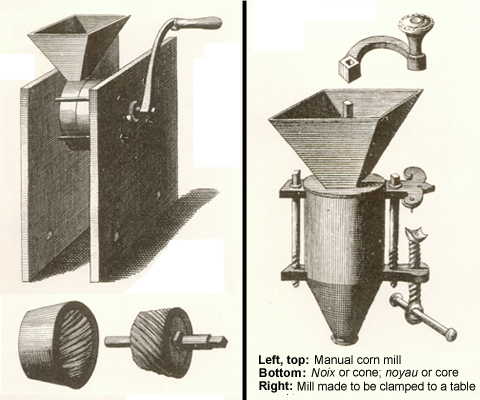

The author proposes a few metaphors for the Lewis and Clark story, not in any definitive way, but merely to help us all think about the legacy of the expedition.
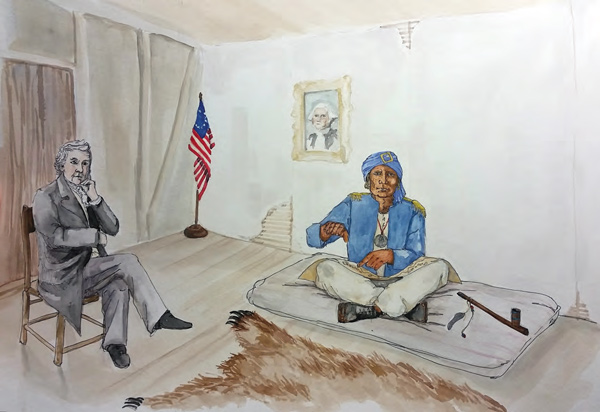
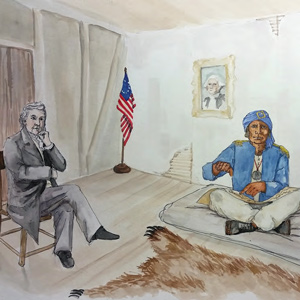
This Arikara leader rode upriver with the expedition in the weeks that followed to negotiate a peace settlement with the Mandan. In the spring of 1805 he went down river with the barge to St. Louis. After a series of delays, he went to Washington, DC, to meet with President Jefferson.
Joseph Gravelines
by Clay S. Jenkinson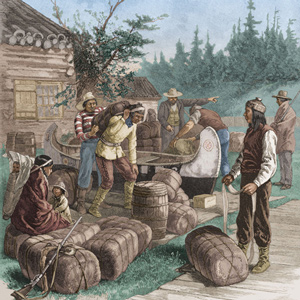

The Arikara-resident trader and interpreter Gravelines proved to be so reliable and so good at the immediate tasks put to him that long after the Lewis and Clark Expedition he was employed by the United States government to represent its interests among the Arikara.
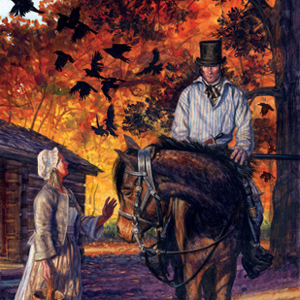

Lewis was about to journey to Washington to face his accusers. He only made it as far as Grinder’s Stand. But did he commit suicide or was he murdered?
Experience the Lewis and Clark Trail
The Lewis and Clark Trail Experience—our sister site at lewisandclark.travel—connects the world to people and places on the Lewis and Clark Trail.
Discover More
- The Lewis and Clark Expedition: Day by Day by Gary E. Moulton (University of Nebraska Press, 2018). The story in prose, 14 May 1804–23 September 1806.
- The Lewis and Clark Journals: An American Epic of Discovery (abridged) by Gary E. Moulton (University of Nebraska Press, 2003). Selected journal excerpts, 14 May 1804–23 September 1806.
- The Lewis and Clark Journals. by Gary E. Moulton (University of Nebraska Press, 1983–2001). The complete story in 13 volumes.

